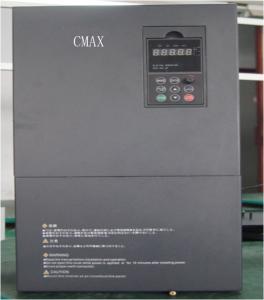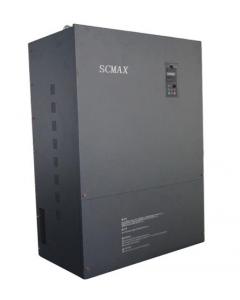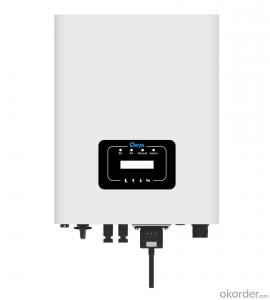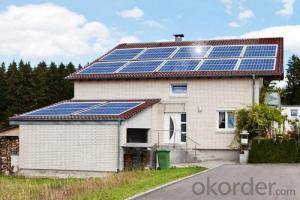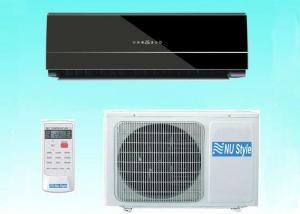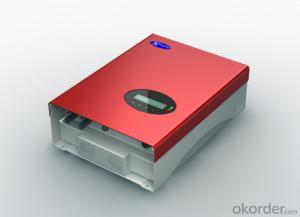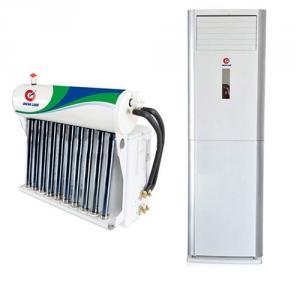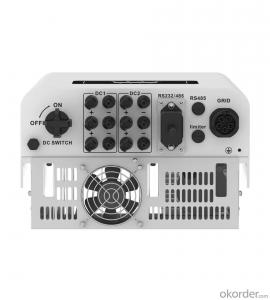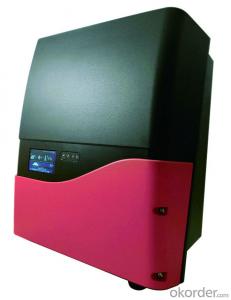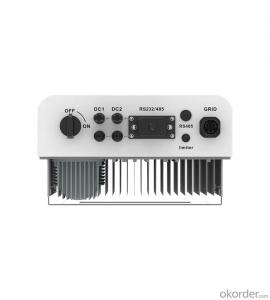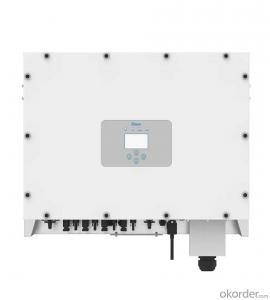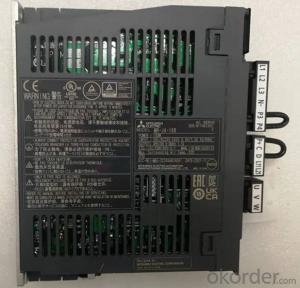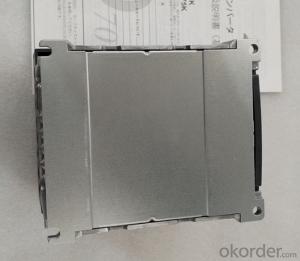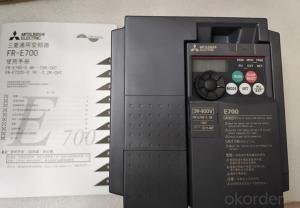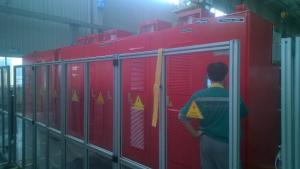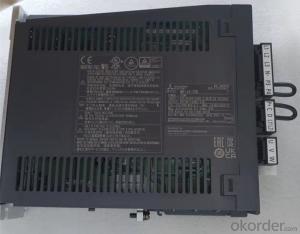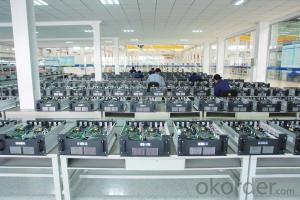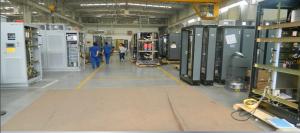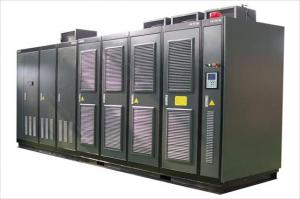Split Phase Solar Inverter
Split Phase Solar Inverter Related Searches
Single Phase Solar Inverter Solar Inverter For Split Ac Solar Single Phase Inverter Solar Inverter Single Phase Three Phase Solar Inverter 1 Phase Solar Inverter 3 Phase Solar Inverter 3 Phase Solar Power Inverter 3 Phase Solar Hybrid Inverter 3 Phase Hybrid Solar Inverter Solar Hybrid Inverter Hybrid Solar Power Inverter Solar 3 Phase Inverter Solar Inverter 3 Phase Hybrid Solar Inverter Solar Powered Inverter Hybrid Solar Inverter 3 Phase 3 Phase Inverter Solar Solar Powered Power Inverter Solar Power 3 Phase Inverter Solar Photovoltaic Inverter Solar Plant Inverter Smart Hybrid Solar Inverter 3 Phase Solar Pump Inverter Solar Hybrid Pcu Inverter Solar Smart Inverter Smart Solar Power Inverter 3 Phase Solar Battery Inverter Solar Solar Inverter Inverter Solar HybridSplit Phase Solar Inverter Supplier & Manufacturer from China
Split Phase Solar Inverter is a type of solar power conversion device that is designed to efficiently convert the direct current (DC) generated by solar panels into alternating current (AC) that can be utilized by homes and businesses. These inverters are specifically engineered to handle the unique challenges of split-phase electrical systems, ensuring a seamless integration of solar power into existing electrical infrastructures.The Split Phase Solar Inverter is widely used in residential and commercial settings where split-phase electrical systems are prevalent. It is particularly beneficial in areas with high solar potential, as it maximizes the energy harvested from solar panels and reduces reliance on grid electricity. This not only leads to cost savings for the users but also contributes to a greener environment by reducing carbon emissions. The inverter's ability to manage the power flow between the solar panels and the grid makes it an essential component in modern renewable energy systems.
Okorder.com is a leading wholesale supplier of Split Phase Solar Inverters, boasting a vast inventory that caters to the diverse needs of customers worldwide. The company is committed to providing high-quality products at competitive prices, ensuring that solar power solutions are accessible to a broad range of users. With a strong focus on customer satisfaction, Okorder.com offers a reliable platform for purchasing Split Phase Solar Inverters, making the transition to clean energy more attainable for businesses and homeowners alike.
Hot Products


